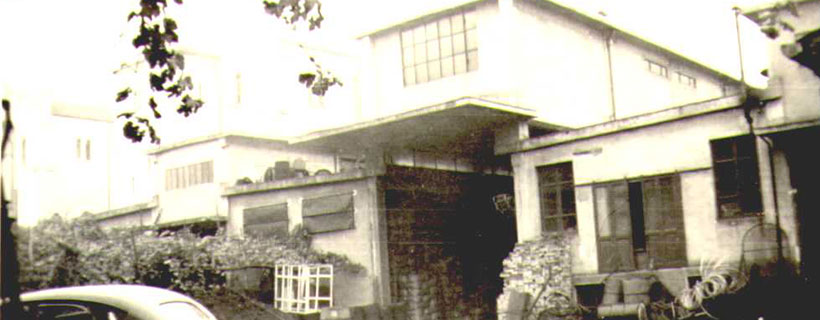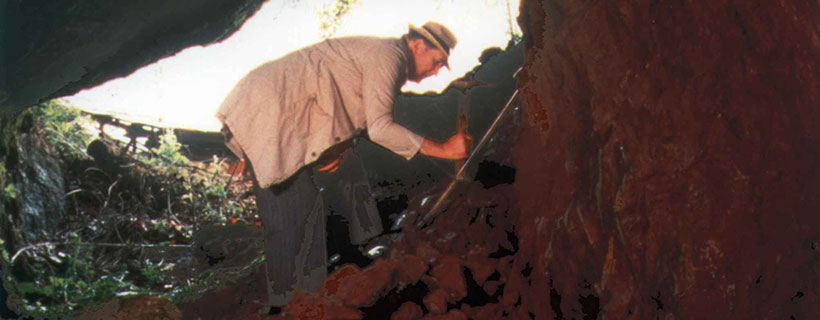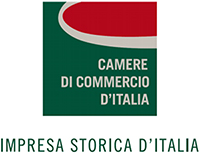For four generations
When earth turns into colour
A long tradition
Our firm, established in 1910, makes earth colours, oxides, products for restoration, building and biobuilding, lime paints, washable paints, plasters, spatolato, ecologic product.
For four generations we have attended to the working of colouring earths, which characteristics have been well-known for millennia. The best guarantee of their being timeproof could be, for example, 30-thousand-year-old rupestrian inscriptions, or some magnificent Greek-Roman frescos.

Colouring earths consist of a wide gamut of mineral pigments (including yellow ochres, umbers, green earths, black earths, red earths) which have always been used in various ways.
In a mediaeval fresco, as well as in a fresher palette of an Italian Renaissance great work, you can find burnt siennas (in particular those from Mount Amiata), yellow and green earths, together with vegetable blacks (such as vine black) and horn or oyster-shell whites or, later on, St. John’s white.
Some art masterpieces are the most evident proof of earths immortality: they witness that some ochres’ brightness, Cyprus umbers’ and siennas’ intensity are unattainable by other modern pigments, as well as transparency and shades, which are so necessary in painting and restoration.

In the past, until the last post-war period, raw earths were the most common pigments for wall colouring, and they were appreciated for their resistance, stability and their semi-transparency effect, which gave fronts a particular brightness and allowed glazing.
In the fifties and sixties the production of synthetic pigments and hiding film paints, together with unbridled competition that depreciated quality of natural colours by offering them at very low prices, replaced traditional lime paints and put an end to most of the firms that used to produce earth colours and preserve handicraft of old working processes.
Our firm has resisted crises, war, even bombings (which in 1944 destroyed our buildings completely). We have devoted more and more of our time to working earths with expertness and passion, to finding and selecting original materials in their historical quarrying places in Italy and abroad.
The recent requirements of the last few years to come back to old-time colour effects has driven us to get our raw earths gamut wider and wider. These products, together with other selected pigments, can satisfy the most particular demands of restoration, plaster colouring and the most different techniques of decoration (mural decoration, wood decoration, etc.).

Earths have a peculiar characteristic: they can be used in most different carriers (lime putty, oils, natural and synthetic resins, etc.). For this reason, they can also be used in the wood field (coating of antique furniture, lacquering, etc.), in spatolato and stucco formulation, in the production of art colours (temperas, oils, acrylic colours) and in other various fields.
In the field of wall colouring, industrial research has been recently setting up colouring systems (with a basis of lime and raw earths) that take into account some current problems of town historical centres (such as pollution and acid substances in the air). This research is getting good results as far as resistance and consistence are concerned.
We intend to support our tradition, to skilfully help the art of painting, restoration and safeguard of works of art, and nevertheless we intend not to forget other fields, that can surely get benefit from our wide experience.
Historical company of Italy

Shop timetable
- MON-FRY: 08:00– 12:00
- MON-FRY: 16:00–18:00
- SAT-SUN: Closed
